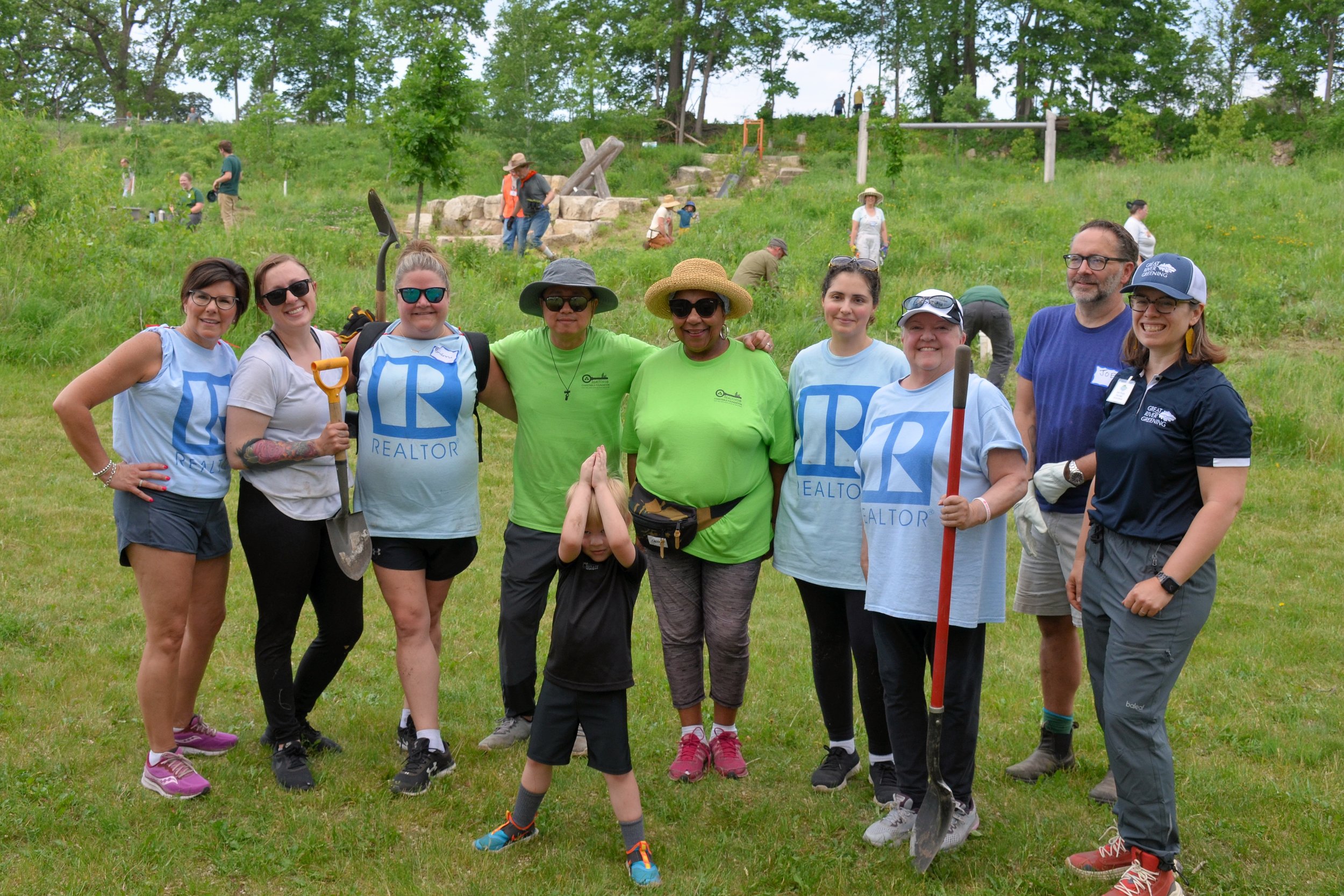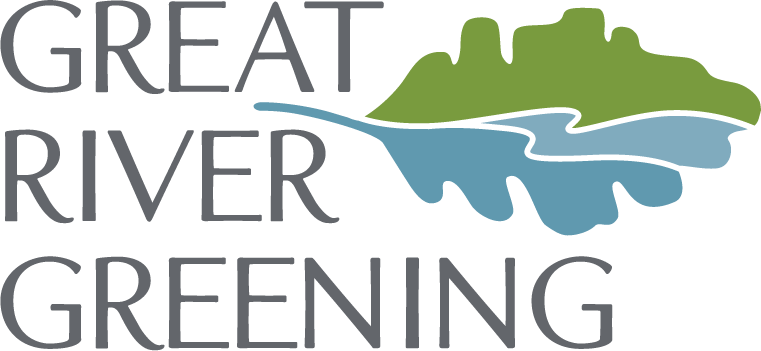Our Commitment to Environmental Justice






Great River Greening believes that Minnesota’s natural areas should be accessible to all. From public parks to expansive wildlife habitat to healthy lakes and rivers, our work ensures that people experience the benefits that nature offers.
We acknowledge that historical and present-day inequities have created systemic barriers of access to natural systems and green spaces for communities of color, Indigenous peoples, and lower-income communities. This includes barriers to equitable participation and representation within the environmental field itself. In pursuit of environmental justice and equity, Great River Greening commits to reducing disparities and increasing the public health benefits that come with communal access to, connection with, and care of healthy green spaces, along with participation in the “green careers” that guide this work. As a key component of our mission, therefore, we intentionally pursue environmental justice and equity work with and within environmental justice communities (or EJ communities), which the State of Minnesota defines as communities that are:
At least 35% of people reported income less than 200% of the federal poverty level,
40% or more people of color,
Federally recognized Native American/Indian Tribes, or
At least 40% of people have limited English proficiency.
Through collaborative partnership with EJ communities, Great River Greening will develop measurable actions that ensure meaningful results including: 1) increase the number of EJ community members engaged in stewardship of local green spaces; 2) improve and enhance green spaces in EJ communities (including increased tree canopy coverage); and 3) improve environmental career pathways for BIPOC youth and young adults.
Great River Greening uses our environmental justice logic model to guide us in this work. A logic model serves as a “road map” that illustrates how we utilize our organization’s resources and activities, and keeps us focused on the long-term goal. It is only through measurable actions and accountability that Minnesota’s natural areas truly become accessible to all, and we embrace our environmental justice logic model as an embodied commitment to diversity, equity, and inclusion (DEI) in our environmental mission.
Click below to read our environmental justice plan and logic model:
Photo Credits: Neighborhood garden planting in Minneapolis (Brennan Blue); Smiling while shoveling at Allemansrätt (Earl Bye); Pollinator planting at the “Bee Line” in the Hamline-Midway neighborhood of Saint Paul (Phil Davies); Family plants native species at Hidden Falls (Maria Maldonado); Students plant trees on Arbor Day at Benjamin E Mays School in Saint Paul (Brennan Blue); Volunteers plant native plant species at Frogtown Park (Phil Davies).
